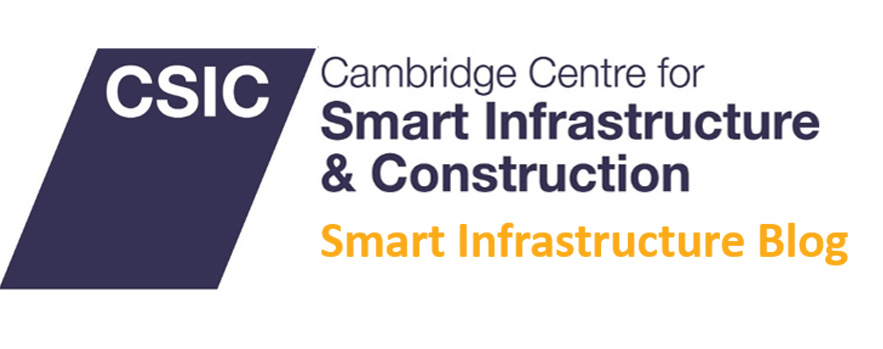Ahead of her CSIC Distinguished Lecture titled “Sustainable infrastructure for the 2020s: what might ‘really good’ really look like?”, Rachel Skinner CBE, Executive Director at WSP and former President of the Institution of Civil Engineers (2020-21) minds her language.
We are at the cutting edge of understanding some of the most pressing challenges of our time, and entering an era of thinking about infrastructure in an entirely different way. As civil engineers who create, maintain and improve the built environment, we have it in our hands to help shape the future.
While 2050 is the net zero carbon emissions target date, we need to act now to understand the systems we seek to change, take ownership for what we can do and be bold in the decisions we can make to strategically create the change our sector needs. But where to begin tackling one of the biggest areas of most urgent change facing our industry?
Time is against us. UK net zero targets state 2050 but it’s not a one-step journey. Thirty years reaches into the future beyond the working life of many professionals responsible for decision-making today, and exceeds political cycles. But that doesn’t take us off the hook. Rachel Skinner CBE, Executive Director at WSP
Communication, and specifically language, is pivotal to making progress. It matters because no person or organisation can make real headway alone – our industry needs to collaborate across sectors and specialisms – and this requires understanding what is meant by the words we use to describe our shared mission. Sustainability, net zero, and resilience are now mainstream terms that have become part of our everyday parlance. However, definitions can differ from person to person and organisation to organisation because we are all finding our way in uncharted territory.
But we must get these basics right and take time to understand the words we are using, so that when we make key decisions there is clarity and we know what it is we are trying to do, measure and achieve. While this process brings complexity, frustration and at times confusion, it is also tremendously exciting to enter a new era of thinking about our built environment in a totally different way, acknowledging infrastructure as a system of systems and the interwoven and interdependent nature of the services it delivers. Infrastructure is simply not about building the bridge, or the road, or the railway, or the cycle track, or the nuclear power station – it is about the way we plan, design and construct and then operate and, importantly, use it. That is where we can influence the possible futures we build.
Let’s not underestimate the task in hand. As a built environment specialist, I know that it's much easier to do what we did yesterday. I too understand the pressure to perform to meet other targets and that some decisions can result in conflict – particularly in the sustainability space where you do something that's great for one dimension but find there are negative budgetary or social implications elsewhere. Simply put, this stuff is really challenging to build into assurance, financial and decision-making processes. But equally, I think we must try to get our heads around what we can do and be braver in our decision-making even if the results are far from perfect.
Time is against us. UK net zero targets state 2050 but it’s not a one-step journey. Thirty years reaches into the future beyond the working life of many professionals responsible for decision-making today, and exceeds political cycles. But that doesn’t take us off the hook. We must be accountable today and ask questions to identify what our contribution is, what is mine to do, and what is yours? Add all of this together and cumulatively we could start to have a different conversation that is more informed and targeted at the right stuff, not just the easy pickings.
As an industry we have been and remain significant contributors to the problem. Every built environment system operates within a natural system, and we have been utterly blind to the consequences of our actions for centuries. But we now know our impact and as an industry we must take responsibility and behave differently. Are we investing to address a climate emergency? Are we making decisions to move in the right direction – and where is the evidence? As infrastructure clients, can we work together so that one organisation’s impact can be put right by another organisation’s asset? I don’t have these answers, and our journey might be uncomfortable as we try to understand what ‘really good’ sustainable infrastructure for the 2020s looks like – but that’s no reason not to act. As built environment professionals and civil engineers, we sit at the heart of this issue. We have it in our hands to talk to each other, work together and do something about the challenge of our lifetime – and if we are not going to do it, who else is?
• The CSIC Distinguished Lecture 2022 presented by Executive Director at WSP and former President of the Institution of Civil Engineers (2020-21), Rachel Skinner CBE is on 21 June at LT2, Department of Engineering, Trumpington Street, Cambridge. There will be a poster session and refreshments at 4.30pm in LR4 and the Distinguished Lecture will be 5.30pm to 6.45pm in LT2.
• Registration is now open. Please register now at https://bit.ly/3MOYvB5

